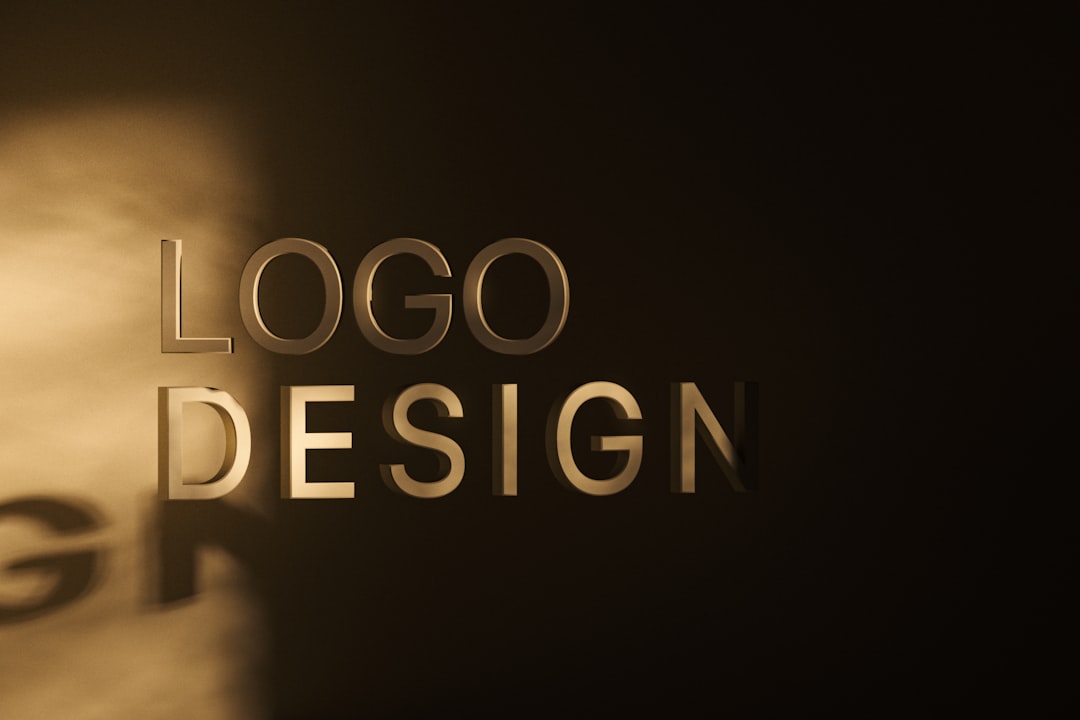In today’s hyper-niche marketplace, the age of the micro-brand has truly arrived. These small, focused brands often revolve around a single concept, community, or aesthetic — and more often than not, they start with just one thing: a powerful, well-designed logo. Building a recognizable and holistic brand system around that logo is what separates fleeting trends from long-term success.
TL;DR
Micro-brands are compact, focused brands that often emerge from a single product or aesthetic vision. The linchpin of these emerging empires is typically a strong logo, which serves as both identity and starting point for a broader branding system. Developing consistent visual and messaging systems around the logo ensures cohesion, scalability, and emotional resonance with audiences. Done well, micro-brands can evolve into cult favorites and even industry disruptors.
What Are Micro-Brands?
A micro-brand is a small, usually independent brand that targets a narrow audience or niche. Unlike multinational brands with sprawling product lines and messages, micro-brands focus on being really good at one thing — delivering a strong, clear value proposition to a specific segment.
Examples include Instagram-famous skincare lines with just three products, streetwear brands that sell only graphic tees, or artisanal coffee labels with one signature roast. Regardless of the industry, what ties them together is an obsessive attention to detail and storytelling — starting with the logo.
The Logo as a Foundation
Logos are not just visual symbols. They are vessels for emotion, trust, and identity. In the micro-branding world, a logo serves multiple purposes:
- Statement of Identity: It encapsulates the brand’s purpose and voice.
- Visual Anchor: It becomes the symbol that audiences associate with trust and quality.
- Scalability Tool: It can be seamlessly adapted across apparel, packaging, digital spaces, and more.
Because micro-brands are often DIY endeavors, the logo is usually the first—and sometimes only—professional design asset created at launch. That means it must pull a lot of weight from the beginning.
From One Logo to a Full Ecosystem
Building a system around a logo doesn’t mean slapping it onto different materials and calling it a day. It means creating a consistent yet adaptable brand experience that reinforces recognition and loyalty. Here’s how to scale one logo into a brand ecosystem:
1. Create a Color Palette
Choose 2-4 core brand colors based on the tones present in your logo. These should be used consistently across your website, packaging, social media templates, and printed materials. The key is consistency, as repeated exposure to the same colors conditions the audience to associate them with your brand.
2. Choose Typography That Matches the Brand’s Voice
Typography extends your visual identity. If your logo is minimalist, choose modern, san-serif fonts. For something vintage, consider serif or handwritten fonts. Use them consistently in headers, captions, and even product packaging.
3. Develop Logo Variations
While the original logo is your hero, you’ll need variations to fit different use cases:
- Wordmark: Just the name in your brand font
- Icon: A simplified visual element of your logo
- Stacked or Horizontal Layouts: To work in both square and rectangular spaces
4. Define Brand Guidelines
Many micro-brands skip this step, but it’s crucial. A one-page style guide can go a long way. Include rules for how to use the logo, what backgrounds it can sit on, minimum size, and what not to do.
5. Apply Branding Strategically
Very often, the first thing a customer sees is the product or packaging. That makes it gold for branding opportunities. Think labels, tags, boxes, wrapping materials, and even the unboxing experience.

Micro-Brand Success Stories
Brands like Glossier, Liquid Death, and Ugmonk all started as micro-brands. They were centered around minimalist aesthetics, meme-worthy concepts, or product craftsmanship. But each built a powerful visual system stemming from a logo that was simple, memorable, and emotionally resonant.
What these success stories show is that your logo can evolve with you. Think of it like a seed; with the right soil and care (effective brand system), it can develop into a towering presence in your niche.
The Psychology Behind Logo-Driven Branding
Why does a logo-centric system work so well for micro-brands? The answer lies in psychology. Human brains like patterns—they help with both recognition and decision-making. A great logo, repeated consistently across mediums, triggers instant associations in the mind of the consumer.
People don’t just buy products; they buy stories, values, and identities. A logo is a shortcut to all of that, especially when it’s reinforced through colors, typography, and consistent use. It builds trust, which is essential when you lack the mainstream name recognition of larger competitors.
Common Challenges and Mistakes
Branding a micro-brand is not always straightforward. Common pitfalls include:
- Overcomplicating the logo: Simplicity is key. A busy logo muddles your message.
- Lack of scalability: A logo with too much detail might look great on a website but terrible on a small tag or social avatar.
- Inconsistent application: Using different shades, crop sizes, or alternative logos across platforms dilutes brand equity.
To avoid these, perform regular sanity checks. Does your branding look good in black and white? Does it scale well? Would a stranger recognize the logo after seeing it once?

Digital Real Estate: Where Micro-Brands Thrive
Platforms like Instagram, Shopify, and TikTok have become the launchpads for micro-brands. In digital spaces, attention spans are short and visuals dominate. This makes a strong logo system even more critical. As someone scrolls their feed, your logo might be the only clue that it’s your brand speaking.
Consistency across:
- Social media avatars and headers
- Email signatures
- Ad creatives
- Landing pages
…will solidify your brand’s presence in noisy digital environments.
Conclusion: Identity First, Products Second
In the world of micro-brands, your logo is more than just a design—it’s your identity, your first impression, and often your best marketing tool. With a well-thought-out system surrounding it, a single logo can blossom into an immersive brand experience. From tone and type to colors and content, everything should reinforce the original promise made by your logo.
Whether you’re launching a new label, revamping an indie shop, or validating an idea through merch, start by crafting a logo that tells your story—and build your ecosystem from there. You don’t need billions of dollars or thousands of SKUs. You just need clarity and consistency.
